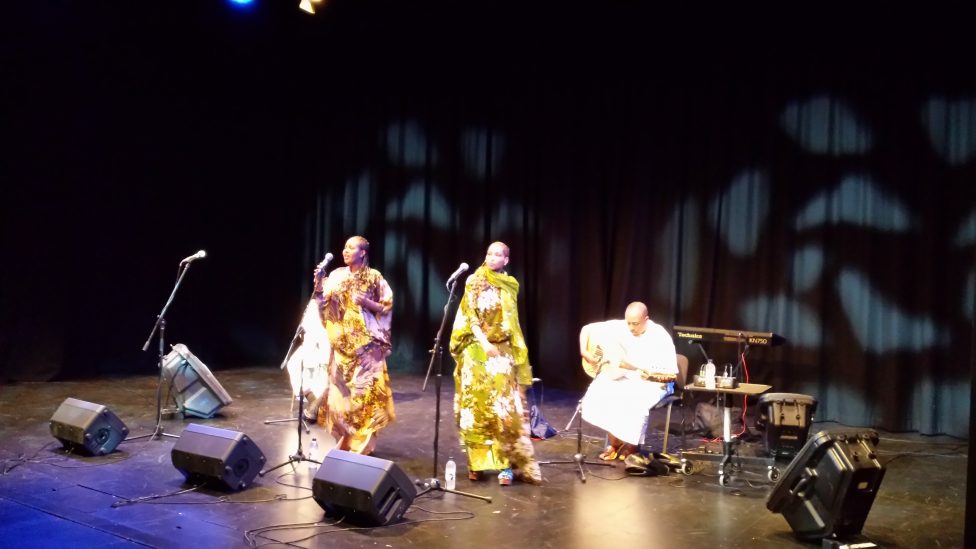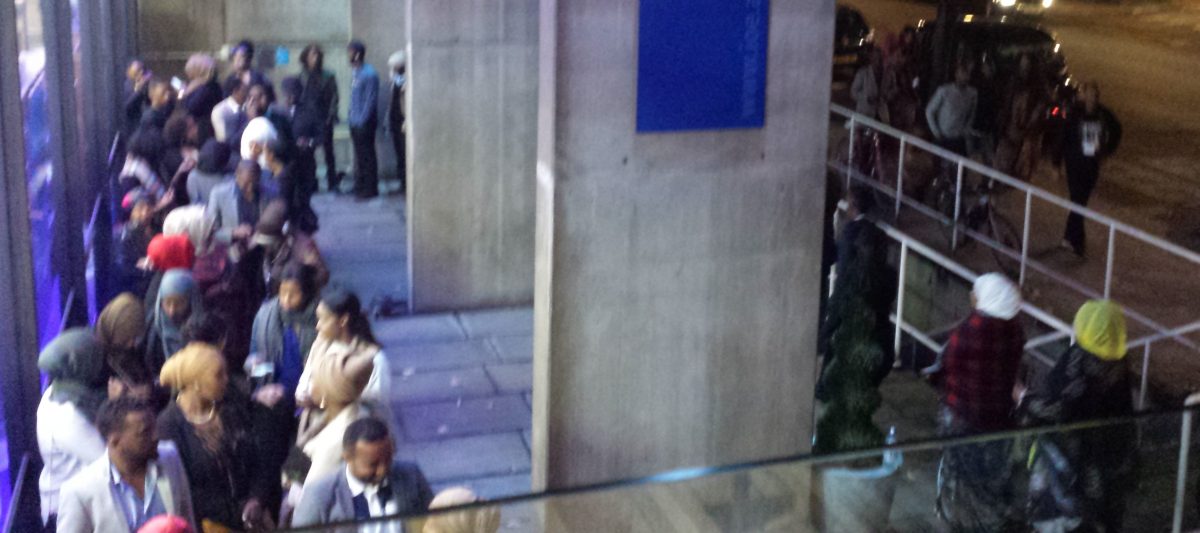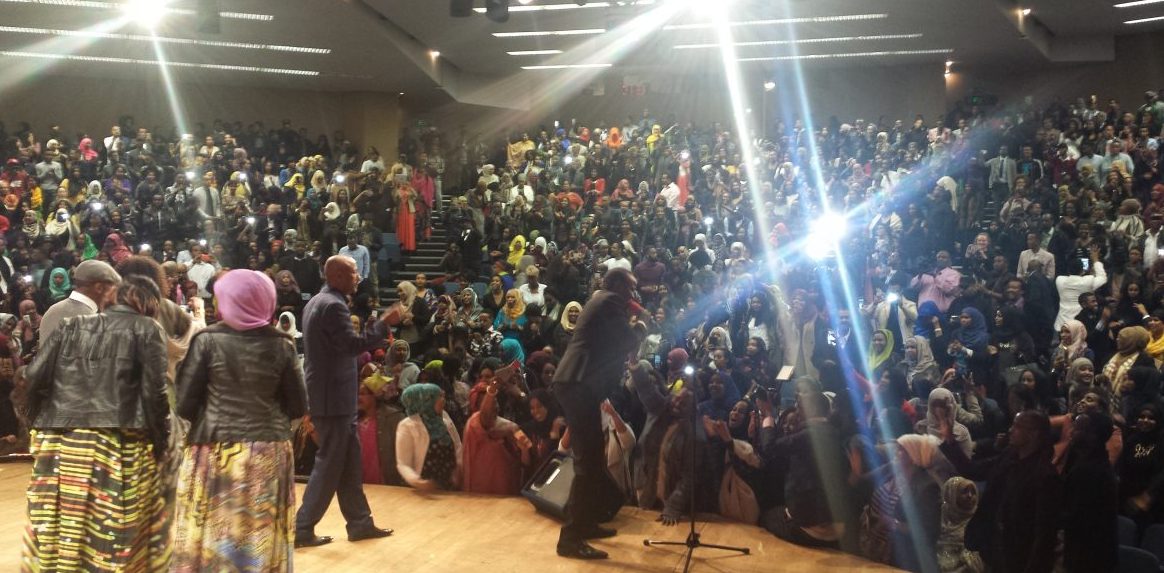There has been a lot discussion about delivering diversity in arts particularly within its institutions such as theatres. This week saw the publication of Centre Stage by the Andrew Lloyd Webber Foundation. Diversity in Arts has long been a central policy of Arts Council England. Way Art West has worked with many of Britain’s great venues including many currently part of Arts Council England’s National Portfolio. Findings of the three year Strategic touring project Track Change highlight some challenges for the major arts organisations, particularly venues.
Turning Audience Development on its Head
The basic idea of Track Change is that to deliver diversity in Arts it is professionals, not communities that need to challenge their habits. Many models of audience development are based on the needs of an artform based organisation such opera, or ballet. This leads to a need for communities that aren’t engaged being asked to do a lot. Communities that potentially have little available time or money are asked to spend these resources and attend events featuring arts that may be alien to them in an unfamiliar place. Meanwhile the arts professionals are in familiar surroundings presenting something connected to their regular work to a largely regular audience. It seems in this context it is the communities and not the arts mainstream that is challenged.
Moving from the comfort of a familiar work environment to meet, discuss and respond to initiatives from diverse communities allows a whole new world of culture to be introduced to venues for the benefit of all. Data collected through Track Change revealed a major success, drawing in 90% new audiences with a 20% retention on similar future programming. The three components of this success were
– Finding artists popular in the community
– Making the venue as accessible and welcoming as possible
– Communicating about the events through media used by the community
Clearly working with new audiences requires an understanding of the dynamics of a particular audience / community. Comparing the needs of an audience for say Michael McIntyre compared to The Halle or Tango Fire requires an engagement. So it does with new South Asian or Somali audiences. In the three years of Track Change only one programmer and no marketing staff attended a show in spite of invitations. Consequently little has been learned about new audiences or marketing strategies.
A Missed Opportunity?
Following Track Change, there has been an increase in the number of concerts targeting the Somali community. Clearly some can see the potential of such events and the opportunity to turn a profit! However this opportunity has been taken up by the Somali community themselves and this has shown a range of new challenges. Good artists have seen their work hampered by poor production and marketing. Mainstream, professional venues will move on and forget the potential of new income generating audiences unless pushed to engage; why this seeming reluctance?
Much has been written about the lack of diversity in arts professionals. Certainly experience from Track Change does not contradict this. Over a three and a half year period, events were staged at 16 venues, and very little diversity in arts professionals was found amongst the senior teams in venues. For the purposes of this review senior team includes CEO, programmer and marketing manager. Including staff turn over during the project this amounted to 49 people of whom 41 were white. 4 black 2 Asian and 1 other, that is 84% white. Only two were from the communities featured in audiences and none from the Somali communities. Only two of the 49 attended a Track Change event. Consequently no insights into diversity in arts were gained. Combining this with the lack of connectedness on a personal level means that no insight into these large audiences was gained.
This matters. It is estimated that there are over 400k Somalis and over 3m South Asians live in the UK; seen another way close to 3m people are Muslim in the UK and they have not been offered a cultural way into the hearts of their cities, or given a cultural return on their tax paying.
The Case for Diversifying Arts Professionals
With Communities such as the Somali ones around England showing an appetite to put on events genuine diversity in arts is possible. However, apparent indifference to taking action to improve diversity in arts programme by the mainstream funded sector suggests that investment in improving the diversity in arts profesionals might be the answer. This has the potential to address the diversity deficit in venues if new producers can begin working in such venues, particularly if there is a partnership and training programme run in tandem between venues and a national touring agency. Certainly this is the ambition of WAWA; for too long culture has been framed by a narrow group of largely white professionals who have failed to seek out and engage long term with the communities to provide diversity in arts for our cities.



